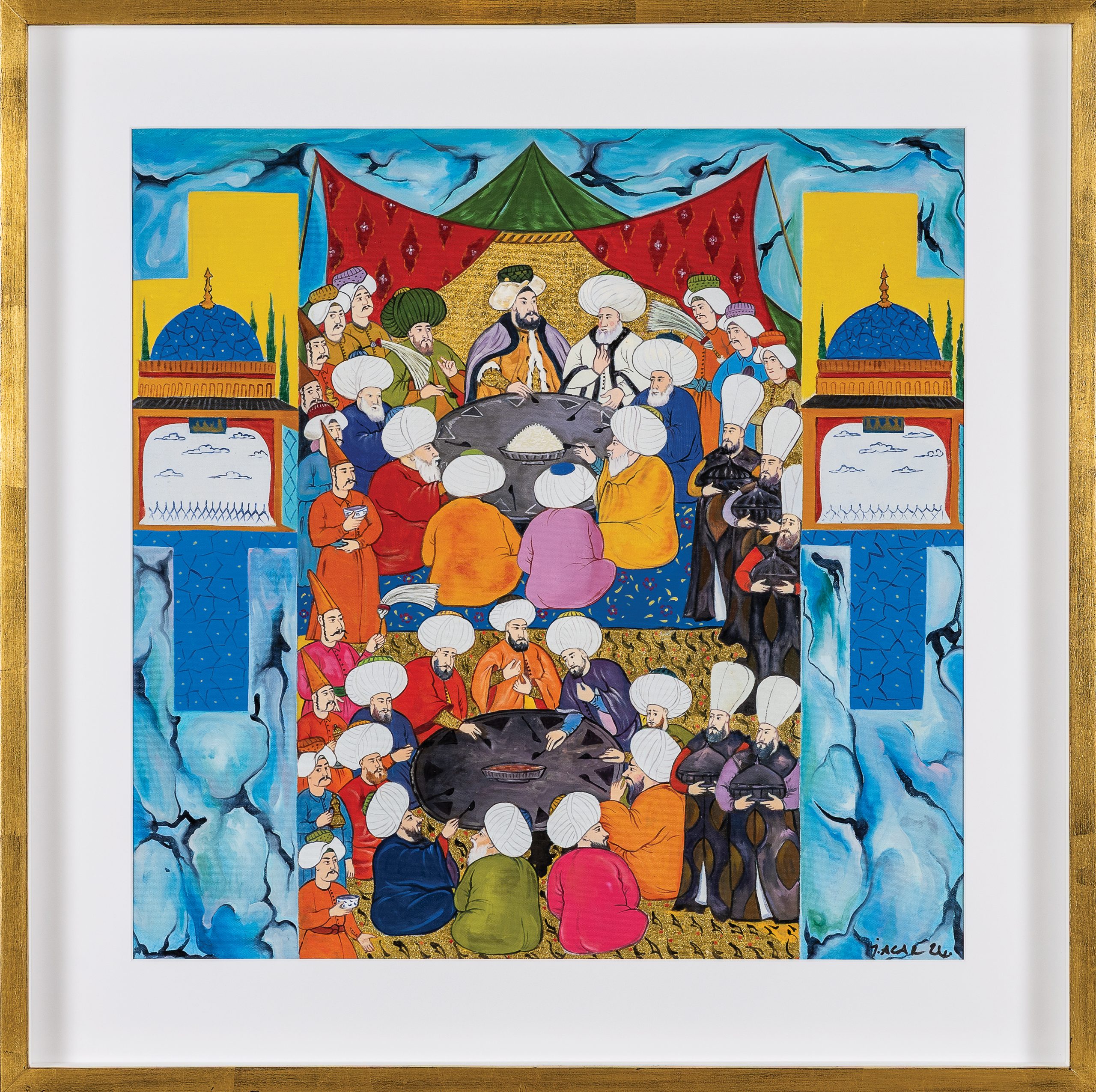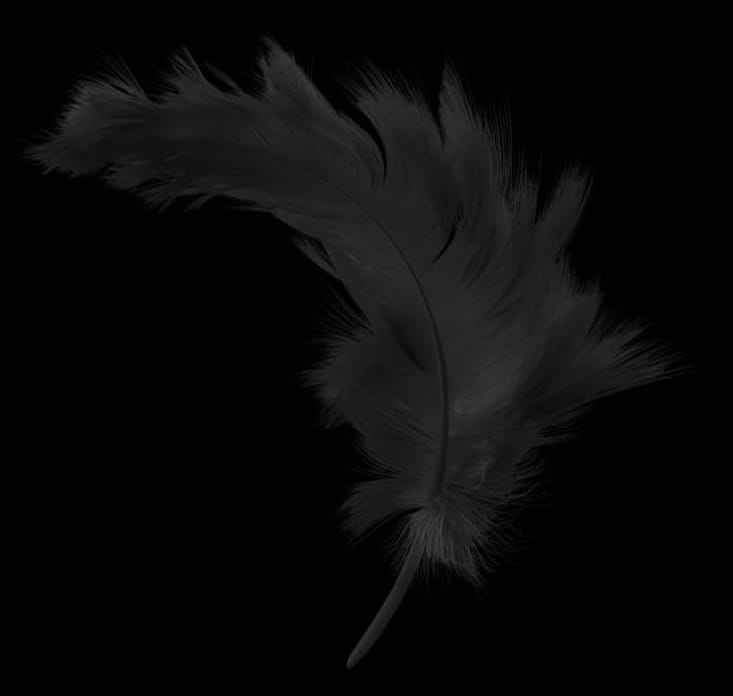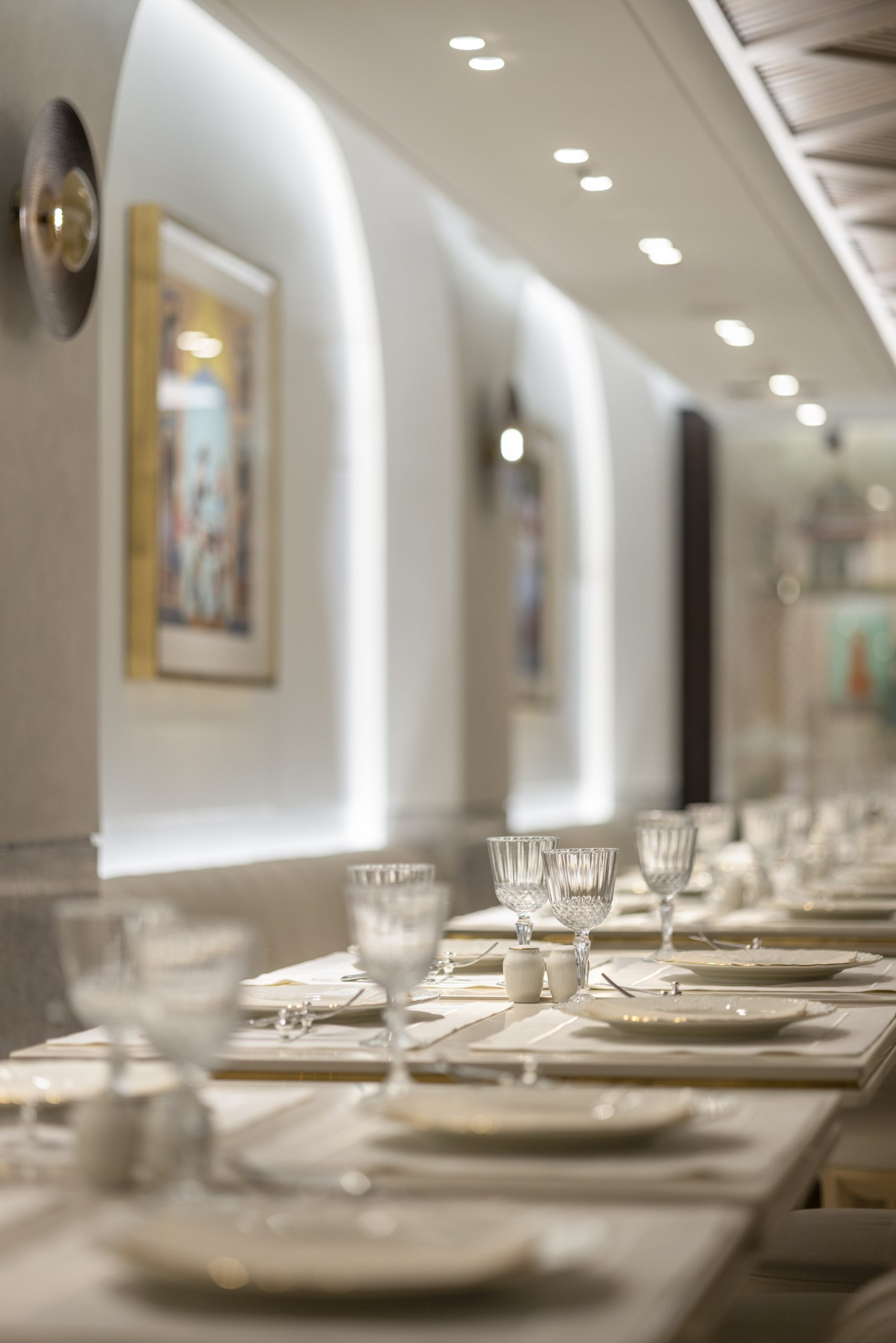
Sultan Mehmed II, known as Mehmed the Conqueror, was a formidable commander who conquered Constantinople at the age of 22. He was not merely a founder of an empire, but also the embodiment of an ideal Ottoman ruler who combined physical and mental discipline. Fluent in several languages, a poet, and a patron of science and the arts, he possessed the identity of a deeply cultured intellectual.
Listen to the artwork in English.
Eseri Türkçe dinleyin.
Military arts held a significant place in his education, with archery and shield training introduced at a young age. In the Ottoman tradition, archery was not solely a military skill but also a spiritual discipline. Drawing a bow required not only strength, but also patience, focus, and mastery of the self. Sultan Mehmed was renowned as a skilled archer capable of precise shots, earning respect for his proficiency. During his reign, archery became an integral component of palace education, and archery fields (ok meydanı) emerged as centers for both physical and spiritual development.
Similarly, the shield was more than a defensive tool in the Ottoman world; it served as an educational instrument that cultivated strategic thinking and agility. Shield training aimed to enhance a ruler’s endurance, sense of balance, and composure on the battlefield.

In the Ottoman Empire, the bow and arrow were not merely weapons—they were enduring symbols of military strength, discipline, and craftsmanship. Ottoman archers, especially Janissaries and Sipahis, were renowned on the battlefield for their long-range precision and lethal efficiency.
Listen to the artwork in English.
Eseri Türkçe dinleyin.
Archery was also regarded as both an art form and a sport. Training took place in designated areas such as Okmeydanı, where successful shots were commemorated with inscribed distance markers known as menzil taşları, recording achievements for posterity.
The crafting of bows required exceptional skill. Ottoman bows, produced using composite techniques, were among the most effective in the world in terms of range and power. Thus, the bow and arrow became not only a tool of warfare, but also a powerful emblem of the Ottoman Empire’s rich cultural and traditional heritage.

In the Ottoman Empire, portraits of sultans were not merely paintings—they were powerful artistic expressions symbolizing the authority, grandeur, and sovereignty of the ruler. These portraits also reflected the Ottoman tradition of reverence for ancestors and elders.
Listen to the artwork in English.
Eseri Türkçe dinleyin.

Ottoman shields served not only as protective gear in battle but also as reflections of the empire’s military craftsmanship, artistic richness, and strategic combat philosophy. Particularly for cavalrymen and Janissaries, shields were both practical tools and symbols of status and refinement.
Listen to the artwork in English.
Eseri Türkçe dinleyin.
In essence, the Ottoman shield was more than a military accessory; it was a prestigious object of functional beauty and cultural identity.

Calligraphic Portrait
Mehmed V Reşad was the 35th sultan of the Ottoman throne and the 99th caliph of Islam. He ascended the throne in 1909 following the deposition of Sultan Abdülhamid II. His reign (1909–1918) unfolded under the shadow of the 2nd Meşrutiyet Era and the political dominance of the Committee of İttihat and Terakki.
The sultan largely remained a symbolic figure in state affairs. During his reign, the empire endured the Italo-Turkish War (1911–12), the Balkan Wars (1912–13), and the devastating First World War (1914–18). In 1914, the Ottoman Empire’s entry into the war alongside Germany became the most critical decision of his rule.
Listen to the artwork in English.
Eseri Türkçe dinleyin.






